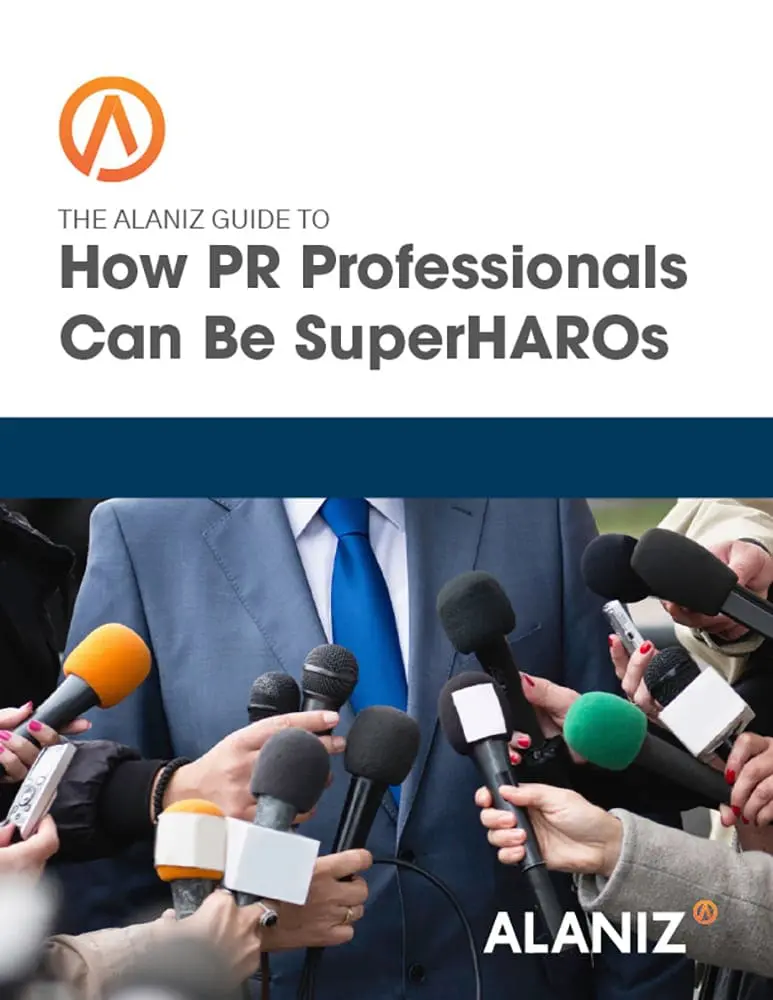If you create a product or service that solves a real problem for businesses or consumers, odds are that something about it is newsworthy. Does it solve a problem that has vexed consumers or businesses for years? Does it replace a slower, more expensive solution? Answers to these kinds of questions about how your products help users are the type of news that can help you get press coverage for your business.
For more help with public relations check out our resource page–The Ultimate Guide to Public Relations for 2017.
That’s because most publications exist not to promote companies, but to inform and educate their readers. If you can craft a story that helps a publication’s readers solve critical problems, you can get a journalist’s attention.
Unfortunately, most companies can’t resist the urge to boast and promote rather than help. As TechCrunch editor Mike Butcher says, most PR pitches “are usually pretty rambling and designed to please the client (read: stroke their ego) rather than assist the journalist to get s*&t done, and fast.”
Do’s and Don’ts
Tech website Mashable gladly accepts media pitches at its news@mashable.com email address. It also publishes some “do’s and don’ts” for companies looking to get covered by the website.
First among the “do’s” is do research. Make sure your story “fits into Mashable’s ‘coverage universe.’” You should do this for any publication you want to pitch. The publications are looking for stories that will be of value to their readers. Make sure you understand the publication’s target audience and the kind of stories it publishes.
These are the kinds of stories that most media outlets are looking for. They want to inform their readers about great solutions that make life and business easier. As Stephen Key, founder of InventRight, says, “It’s never about your story. It’s about their audience and what they need.”
And don’t brag about your previous media coverage. There are two problems with this. First, you’re telling the publication that its competitors have already written about your product, which is simply bad form. Second, most publications will shy away from old news, which in this day and age can mean anything that has already been published.
Also, don’t ask to take a reporter or editor out to lunch. This advice comes from several publications (TechCrunch, Mashable, and more). It really betrays the fact that you don’t know your media audience. They are far too busy to go out to lunch with someone they don’t know in order to be pitched. Mashable’s Adam Ostrow says, “I don’t think a Mashable staffer on the editorial side has been out to lunch.” Ever!
Mike Butcher puts it more bluntly, “Many [PR pros] ask me out to lunch or coffee. Thanks, but I prefer drinks, and I also prefer drinks with my *actual friends*.”
Do pick the right communication channel. Most journalists have a preferred method of being contacted. They will say so in their bios. Alice Truong of Fast Company says, “I have a specific email where I prefer to receive pitches that’s listed on my website and Twitter page, so that’s usually the first thing I tell people in PR when they ask about how to pitch me.”
This is serious. “My No. 1 pet peeve would be unsolicited phone calls,” Alice says. “There’s no point to ring me because the first thing I tell people who call with pitches is to send it over email. And then I proceed to block their numbers.”
Don’t give up. Paul Sawyers of The Next Web says, “We like pitches.” Without pitches, they wouldn’t have sources for stories, or at least not as many. “A key point to remember is that the relationship between a company and the media is a symbiotic one,” he says, “we need you because you are what will ultimately give us good content.”
Do follow up. And Paul also encourages you to follow up. “Even if a publication doesn’t want to cover your startup, it is only good manners to respond to your email. So, if you don’t receive a response, follow up maybe a week or so after the initial pitch. It could be that you are already on their radar but they just haven’t gotten ’round to responding yet, or they may simply have forgotten.”
Media Databases: Knowledge is Power
Not all writers are as polite as Paul, but the real takeaway is that publications are always looking for stories that will help them do their jobs, which is to educate, inform and entertain their readers with real news. The more you can do to find out what reporters cover and the type of stories they are looking for, the more success you’ll find.
One of the best ways to collect this kind of information is by investing in a media database such as Meltwater or Cision. These allow you to search for journalists by beat, location, industry, reach, influence and other criteria, and to read recent stories, and find out the ways they want to be contacted. These platforms are pricey–meaning several thousand dollars per year contracts. You can also get this kind of targeting by using a PR or Marketing agency that has a media database that they can use on your behalf.




